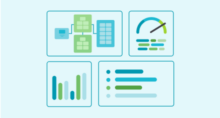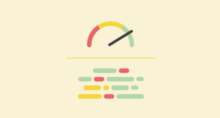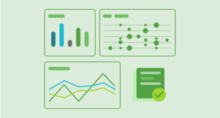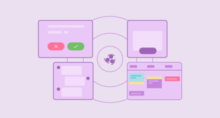4 Reasons Why You Should Leave The Spreadsheets Behind
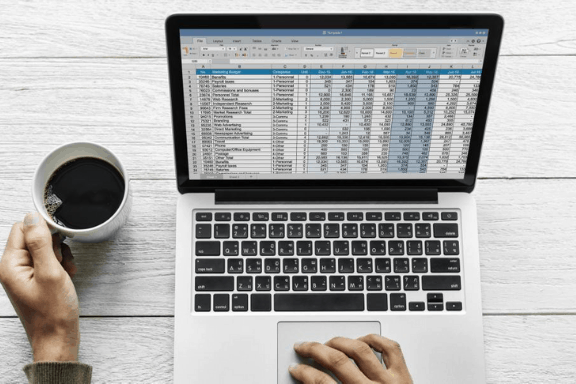
Many organizations currently use spreadsheets to manage their stakeholder information from making columns for contact details, adding notes about interactions, and updating the information whenever they remember. However, this will often lead to data in different silos, irregular updates, manual entering, and as we like to call it spreadsheet chaos. If you’ve started to notice these challenges then it may be time to look for a different solution perhaps a stakeholder engagement software.
But why would you switch to stakeholder engagement software? Let’s find out
Team Synergy
Upgrading to stakeholder engagement software allows your team to have one location where all your stakeholder data can be accessed. Viewing the entire history of a stakeholder including the communications your team has had with them can strengthen your relationships with stakeholders, through learning about stakeholders’ interests or concerns before engaging.
Avoiding duplicates can be easier than it sounds with just a click of a button in stakeholder engagement software. When adding new stakeholders into the system, the software will automatically merge the records together if duplicates were found ensuring that all your data is up to date. Having the one system to manage, analyze and engage with stakeholders will improve the overall team productivity and synergy.
Automation and Integrations
Updating spreadsheets is a manual process of copying and pasting, and over time it can become very time-consuming and confusing for your team to make sense of every interaction manually added. In a stakeholder engagement system, you can automate your engagements to be added to the system and linked to the correct stakeholder through various channels. By using an email plugin, you can automate every email to and from a stakeholder to be saved into the system further being able to send email from within the software. Saving you time from jumping between different applications. A stakeholder engagement system such as Simply Stakeholders can integrate hundreds of apps using Zapier to automate engagements into the system. Have tweets, survey monkey responses, Facebook posts, and other media articles automatically added to the system and linked to your stakeholders.
Analyzing and Tracking
In spreadsheets analyzing is a manual process of putting data into graphs, and trying to interpret the data yourself. In a stakeholder engagement system such as Simply Stakeholders analyzing both your stakeholders and interactions are easy. Stakeholder mapping allows you to track and analyze your stakeholders across three functions being interest, influence, and impact. Scaling your stakeholders from very low to very high on these three functions allows you and your team to understand your stakeholders more. The mapping function further tracks how often you engage with stakeholders across their different levels ensuring that you communicate regularly with your most important stakeholders.
Artificial technology and machine learning are the tools that allow teams to analyze interactions within Simply Stakeholders. Sentiment analysis driven by AI technology analyses words, phrases, and language used in interactions to determine the sentiment. Understanding the sentiment of stakeholders provides you with more understanding of your stakeholder’s opinions, concerns, and issues on topics or the overall project. Tracking issues or keywords can become challenging over time in spreadsheets that’s why auto-tagging and issue tracking is made simple in a stakeholder software. AI technology is used to scan keywords and phrases to identify the emerging themes, topics, or issues within your engagements with stakeholders. Tagging interactions allow for an effective analysis of the data when reporting on issues and trends.
Reporting
Continuously entering data and creating pivot tables in spreadsheets leads to a lot of manual work only to result in 1-3 reports being generated from your data. Switching from manual reporting to an automated dashboard view provides your team with clear analytical data on all your stakeholders. In a system such as Simply Stakeholders, the dashboard provides 10+ reports ranging from contact records, sentiment, tagging, engaging Issues, and more. The dashboard simplifies data for teams to interpret key insights, findings, and records fast. Reporting in a stakeholder engagement software can become easy and simple with a dashboard view providing a summary of all your data.
Using spreadsheets to manage and organize your stakeholders can become very challenging and manually draining over time. However, it can become a lot easier when you have the right systems in place. Switching to a stakeholder engagement software makes managing, tracking, and reporting on your stakeholders a lot simpler. Contact us if you have any questions about setting up your stakeholder engagement software.

